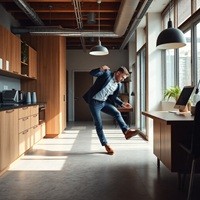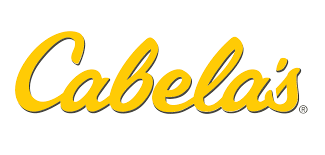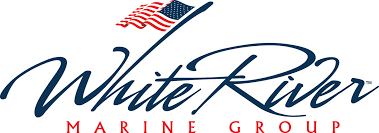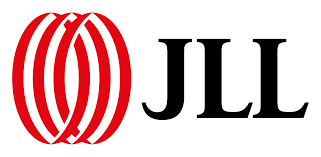
The Cost of Slips and Falls
Slippery floors and hazards represent real danger to your employees and tenants. According to the National Safety Council, falls are the number two cause of nonfatal disabling injuries in the workplace. Not only are slip and fall incidents dangerous for your employees, they’re extremely common in the workplace.
Price of Slips and Falls
What do these slip and fall statistics cost in dollars for you and your company? Falls in 2017 made up a combined $16.1 billion in costs to U.S. companies. That’s a lot of scratch. To break it down, slip and fall incidents are the primary cause of lost days from work. You’re not just losing productivity costs because of these lost days, though. According to the National Floor Safety Institute, slips and falls are the leading cause of workers’ compensation claims. Oh, and don’t forget that defending a slip, trip, and fall claim can skyrocket upwards of $50,000.
Preventing Slips and Falls
Lessening the risk for slips, trips, and falls in the workplace is possible. Some simple, but effective, steps to improving your workplace safety include identifying common fall locations as well as hazards that could cause falls. Once you’ve located these areas, plan ahead, assess the risk, and always use the correct equipment to alleviate the risk of slips, trips, and falls in these areas. Increasing, even doubling, porter hours is also a great way to cover your property.
Common Locations for Slips and Falls
- Doorways
- Ramps
- Cluttered halls
- Heavy traffic areas
- Uneven surfaces like broken pavement
- Areas prone to wetness, like bathrooms or the floor by water fountains
- Ladders
- Stairs
Hazards That Cause Slips and Falls
- Wet floors
- Uneven surfaces
- Ice and snow
- Limited visibility around corners
- Cluttered work areas
- Not using the handrail on the stairs
- Cords crossing pathways
- Carrying heavy loads or carrying a load that obstructs vision
Be Proactive to Prevent Slips and Falls
Having a plan of action and being proactive, not reactive, is the best policy to keep employees and building occupants safe. Thinking ahead will help prevent the risk for slips and falls.
































